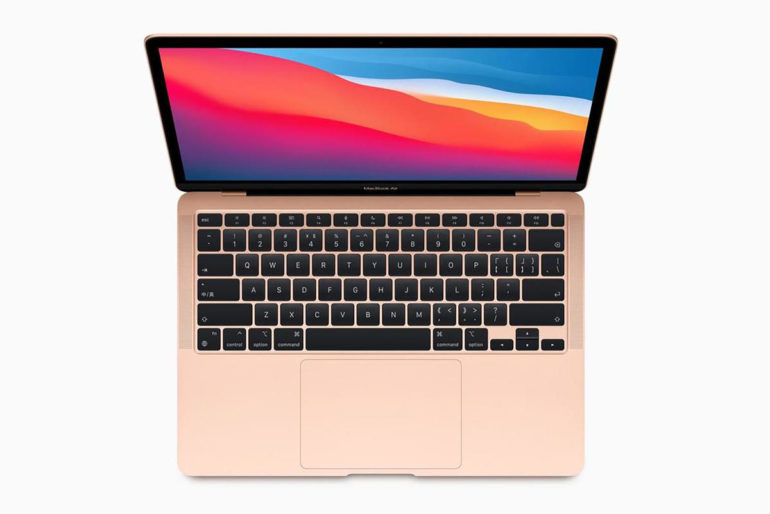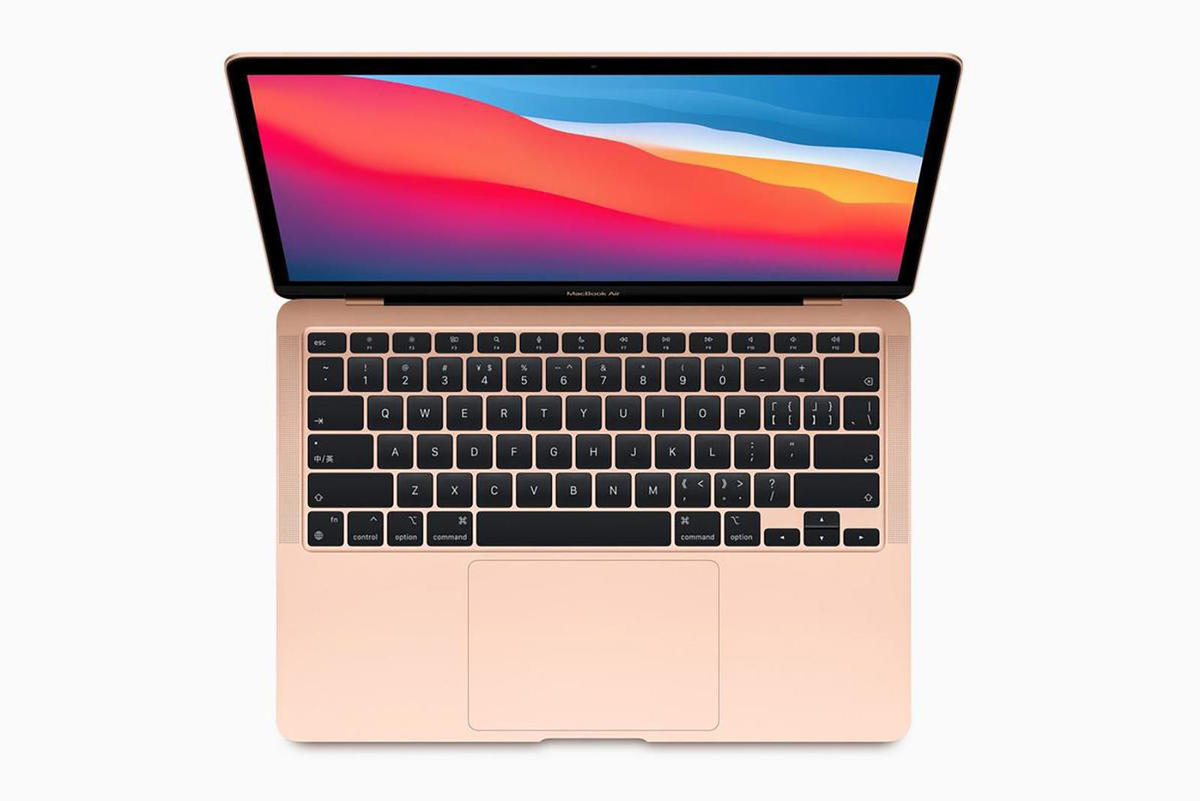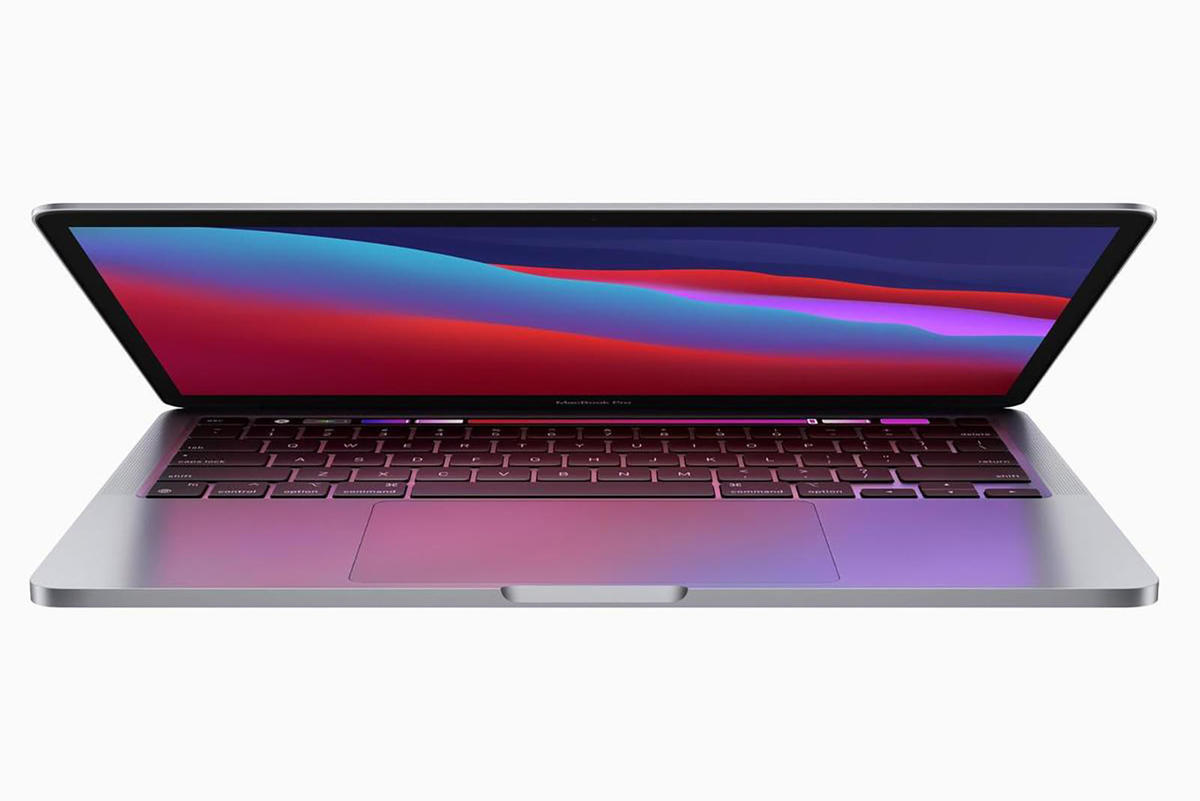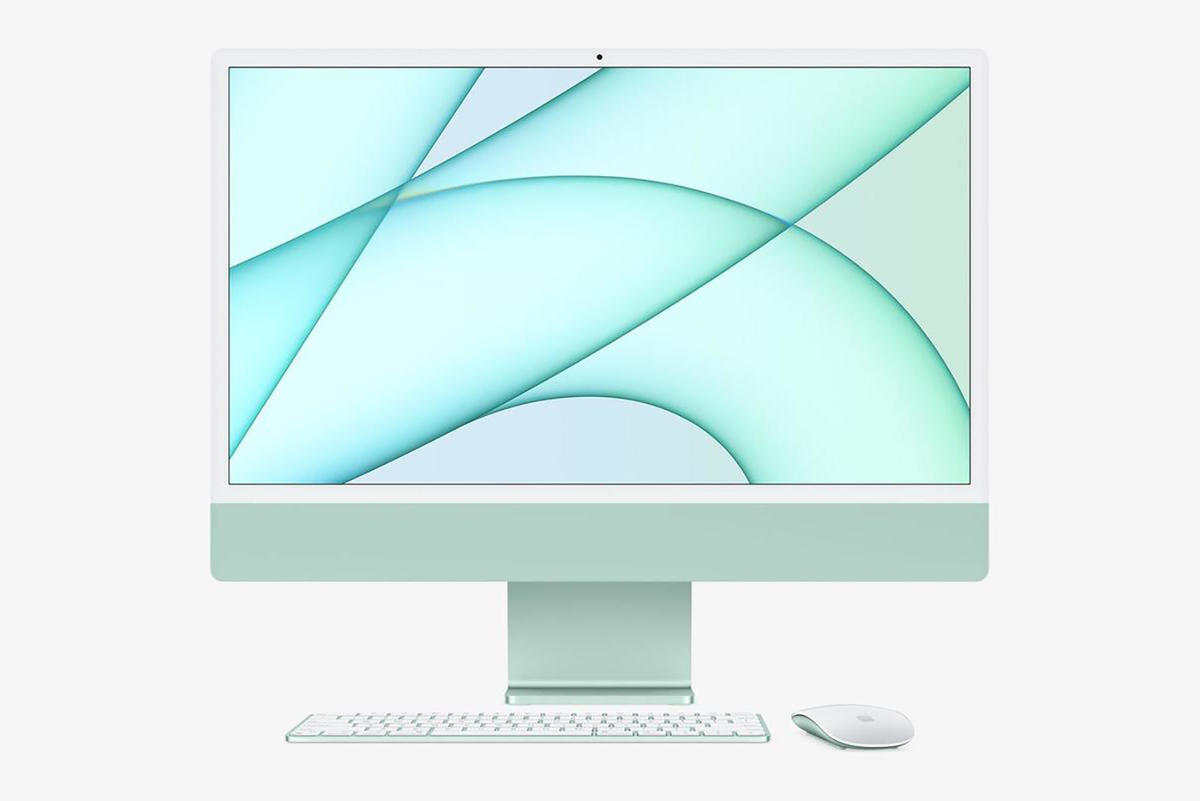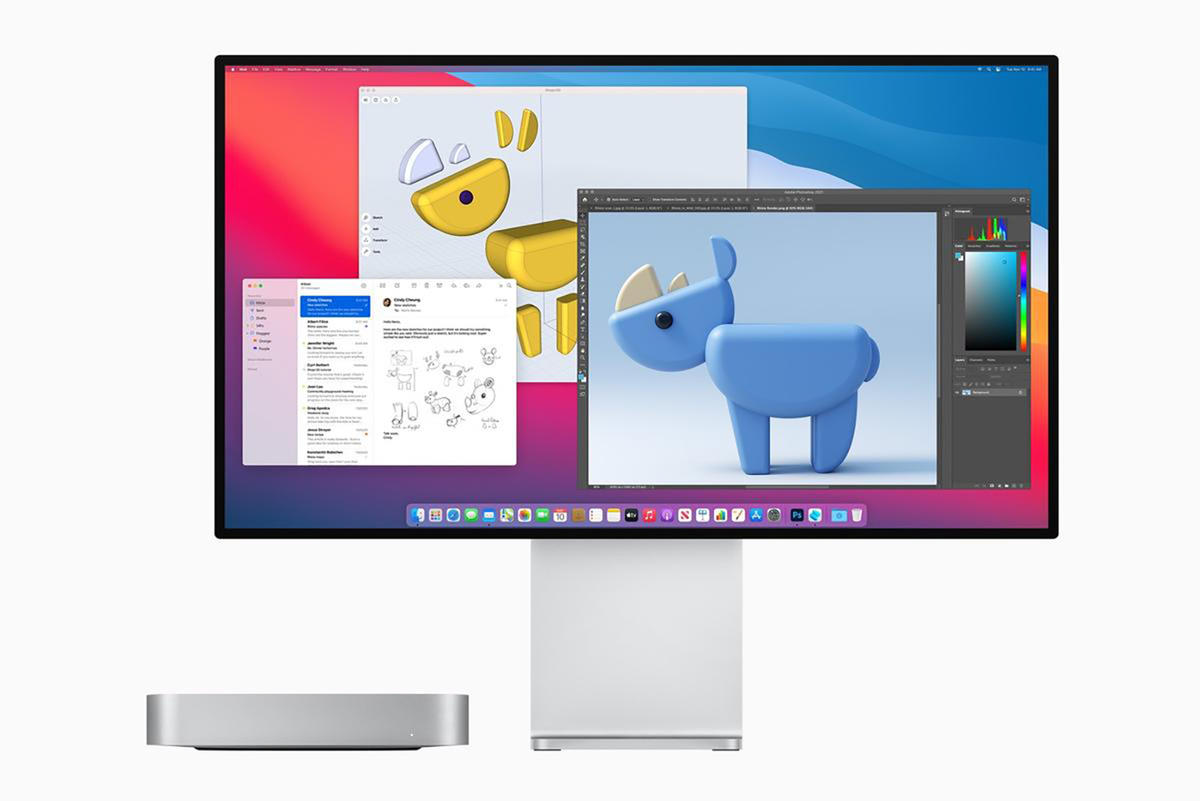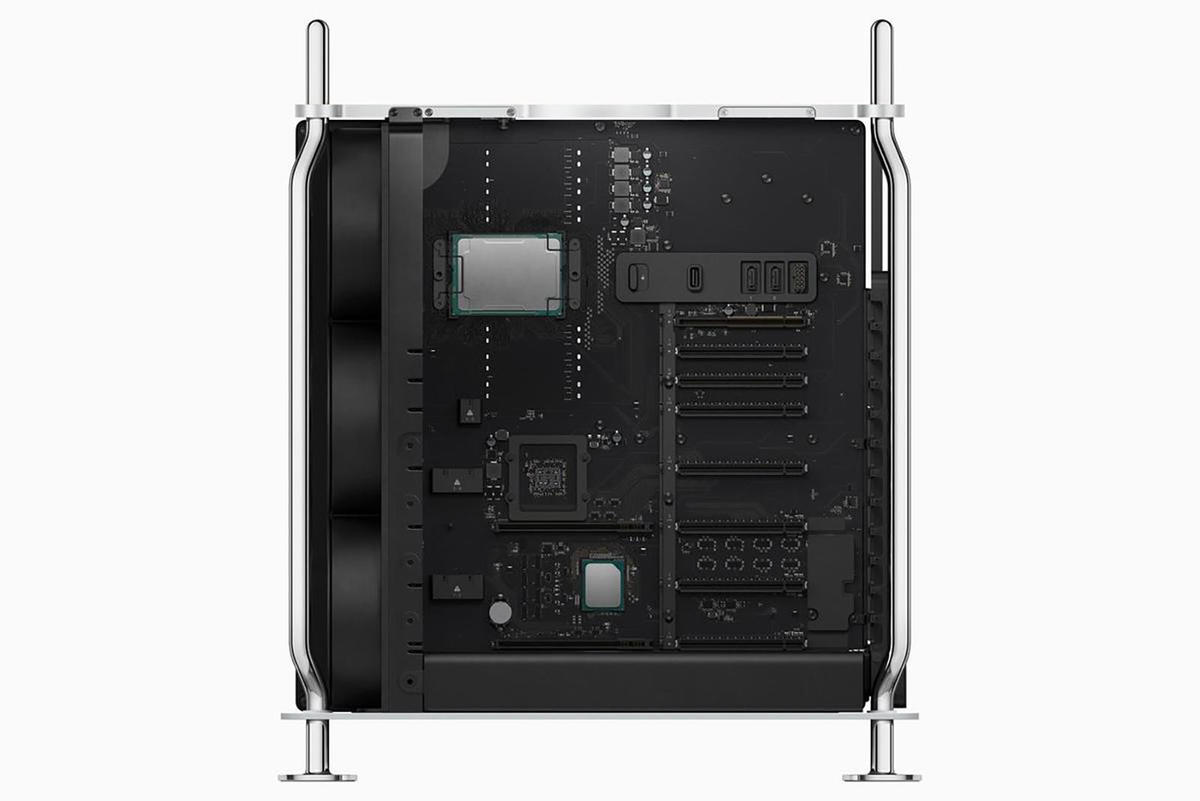Over the last few months, Apple has made some modest changes to its entire Mac lineup as it begins transitioning the entire Mac line away from Intel processors to its own Apple Silicon chips.
In November, Apple started by updating the MacBook Air, MacBook Pro, and Mac Mini with its new M1 processor. Then, in April, Apple released a 24.5-inch iMac powered by the same M1 processor.
Apple does a good job of making all Macs look like they’re just a Mac, but during this transition period, not all Macs are created equal. You have to pay attention to what kind of Mac you’re buying as you click through the online store. For example, the 16-inch MacBook Pro doesn’t have an M1 variant — it’s Intel or bust. But the 13-inch MacBook Pro comes in both Intel or M1 flavors. So which Mac should you buy? Well, it depends. Let’s take a closer look.
Display: 13.3-inch | Processor: Apple M1| Memory: 8GB | GPU: 7-core | Storage: 256GB | Webcam:720p | Ports: 2 x Thunderbolt 4 ports | Dimensions: 11.97 x 8.36 x 0.63-inches | Weight: 2.8 pounds | Colors: Gold, silver, space gray | Starting price: $999
The design of Apple’s MacBook Air hasn’t changed much over the years, and that’s alright with me. It’s a classic design that lends itself to portability, and now with the M1 processor, performance.
Apple no longer sells the MacBook Air with an Intel processor, with the main purchasing decisions now based on whether you want the base model that comes with a 7-core GPU, or a step up with an 8-core GPU. For most, the 7-core GPU will suffice.
Outside of the GPU, you can select between 8GB or 16GB of memory, and increase storage up to 2TB. You’ll get a Touch ID sensor on the keyboard for quick unlocking of the MacBook or any protected apps, like a password manager.
The MacBook Air continues to be the perfect Mac for someone who doesn’t do much more than web browsing, school or enterprise work in Office apps, with occasional video or photo editing.
Pros:
Lightweight and portable Impressive performance Long battery life
Cons:
Right now, memory options are limited
$899 at Amazon
Display: 13.3-inch or 16-inch | Processor: Apple M1 or Intel Core i7 | Memory: 8GB or 16GB | GPU: 8-core or AMD Radeon Pro 5300M | Storage: 256GB or 512GB | Webcam: 720p | Colors: Silver, space gray | Starting price: $1,299 or $2,399
Apple technically sells three different models of the MacBook Pro. There are two different 13-inch variants, with one being the Apple Silicon M1 model, and higher-end Intel-equipped models for those who may need or want more than 16GB of memory.
Then there’s the 16-inch MacBook Pro that Apple has left untouched in the current Apple Silicon transition. However, reports and rumors indicate that Apple is working on a bigger M1-powered MacBook Pro that could potentially bring back the HDMI port and an SD card reader.
Benchmarks have proven out that the M1 MacBook Pro is faster than the larger MacBook Pro, so really the only reason you’d go with the 16-inch model is for display size. Remember, Apple still sells 13-inch Intel-equipped MacBook Pros for those who want more memory.
The MacBook Pro line has always filled the role of a portable laptop that provides extra power and, at least with the case of the M1 MacBook Pro, extended battery life coming in at nearly 20 hours. If you’re in need of a laptop that will allow you to edit videos, photos or dive into CAD programs on the go, then the MacBook Pro is for you.
Pros:
You have plenty of options, depending on your needsThe M1 MacBook Pro is impressively fast
Cons:
Too many options can be confusing Higher-end MacBook Pros are expensive
$1,250 at Best Buy
Display: 24.5-inch or 27-inch | Processor: M1 or 10th Gen. Intel Core i5 | Memory: 8GB or up to 128GB | GPU: 7-core GPU or AMD Radeon Pro 5300 | Storage: 256GB or 512GB | Webcam: 1080p | Colors: Blue, green, pink, silver, yellow, orange, purple | Starting price: $1,299 or $1,799
You have two options when it comes to the iMac. If you go with the brand new, and really colorful, 24.5-inch iMac, it comes with an M1 processor. However, if more screen real estate is what you’re looking for, you can get the slightly larger 27-inch iMac that is still equipped with an Intel processor.
We haven’t been able to test the smaller model, since Apple just announced it this week, but judging by the performance of the other M1 Macs, it should have plenty of power and be capable for everyday computing and then some. Keep in mind you can connect an extra monitor to either iMac to add more screen space.
Apple has developed color-matching keyboards for the new iMac, which have, for the first time, built-in Touch ID sensors. Meaning, you can log into your Mac using the included keyboard using your fingerprint. Right now, these keyboards are only available with the new iMac and can’t be purchased on their own.
The 24.5-inch iMac comes with two Thunderbolt 4 USB 4 ports and two USB 3 ports, and the power adapter now has an Ethernet port built into it. The Intel-based iMac comes with 4 x USB A ports, 2 x Thunderbolt 3 ports, a Gigabit Ethernet port, and SD card reader.
It’s clear the larger Intel iMacs’ days are numbered and that Apple is getting closer to replacing it with an Apple Silicon equivalent, but it’s unclear when that will take place. Rumors have suggested when it does happen, the 27-inch display will be replaced by something bigger — perhaps 30-inches or even 32-inches. Prior to the 24.5-inch iMac, Apple sold 21-inch and 27-inch models.
Pros:
The new colors are funA larger display on the base model is always welcomed
Cons:
If you need more screen real estate or memory, you’re locked into the 27-inch iMac for now
$1,299 at Apple
Display: N/A| Processor: Apple M1 or Intel Core i5 | Memory: 8GB | GPU: 8-core or Intel UHD Graphics 630 | Storage: 256GB or 512GB | Dimensions: 7.7 x 7.7 x 1.4-inches | Weight: 2.9-pounds | Starting price: $699
The Mac Mini was switched over to Apple’s M1 processor alongside the MacBook Air and MacBook Pro in late 2020. Apple didn’t completely ditch the Intel Mac Mini, however, as the company still sells an Intel-based Mini that starts at $1,099.
That’s a big difference compared the M1 Mac Mini that starts at $699, and as with the rest of the M1 versus Intel comparisons, the biggest difference here is going to be the amount of memory you can put into the Mac mini.
The Mac Mini is strong desktop option if you don’t need anything portable, and now it’s more affordable than it’s ever been. Unless you absolutely need gobs of memory, there’s really no reason to go with the Intel version of the Mac Mini, especially with its starting price.
The biggest downside I can think of to the Mac Mini is that you’ll still need to supply your own display, keyboard and mouse.
Pros:
Impressive performance in a compact desktop Most affordable MacStrong performance
Cons:
If you need more memory, Intel is the only way to go and that’s expensive
$669 at Amazon
Display: N/A | Processor: 3.5GHz Intel Xeon W | Memory: 32GB | GPU: AMD Radeon Pro 580X | Storage: 256GB SSD | Webcam: N/A | Ports: 2 x USB 3 ports, 6 x Thunderbolt 3 ports, 2 x Ethernet 10Gb ports, 3.5mm headphone jack, | Dimensions: 20.8 x 17.7 x 8.58 | Weight: 39.7 pounds | Colors: Silver | Starting price: $5,999
The current Mac Pro was released in June of 2019, so its internal hardware is somewhat outdated at this point. For example, all of the USB-C/Thunderbolt ports are Thunderbolt 3, and Apple is currently transitioning its Mac lineup to Thunderbolt 4.
That said, it’s the most expensive and most powerful Mac money can buy. Pricing starts at $5,999 for the specs you see listed above, but you can max out the Mac Pro for a total cost of $51,948 — and that even includes a set of wheels that go on the bottom of the Pro’s housing. It doesn’t, however, include a display.
The Mac Pro is a niche product for people who need a lot of computing power. Someone who does a lot of 4K/8K video editing, for example, will benefit from building the Mac Pro to fit their use case with more memory, a faster processor, or more storage.
Pros:
Fully customizable Need power? The Mac Pro has all the power
Cons:
You’re going to pay for that power, though. It’s nearly two years old and hasn’t seen a meaningful upgrade.
$5,999 at Apple
What’s the difference between an Intel Mac and an Apple Silicon M1 Mac?
The difference between an Intel Mac and an Apple Silicon Mac is, of course, the processor. Apple has used Intel processors for years, but at the end of 2020 made the switch to its own ARM-based processors, called Apple Silicon. The only processor Apple has released so far is the M1, which is found in the MacBook Air, MacBook Pro, Mac mini and the new 24.5-inch iMac.
Apple is now able to control the release schedule for Mac upgrades, as well as maximize performance. Apple’s M1 Macs are faster than nearly all Intel-powered Macs, and the laptops have extended battery life that’s almost too good to be true. For example, the M1 MacBook Pro will last up to 20 hours on a single charge.
There are a couple of downsides to the M1 processor you need to know about. Right now, you can only get a Mac with 16GB of memory, and you can’t add more yourself at a later date. If you rely on RAM for video editing or other resource-heavy tasks, Apple still offers some Intel MacBook configurations with customizable RAM.
Will all of my apps work on Apple’s processor?
Odds are, yes. In addition to working on an emulation tool that allows Intel-based apps to run on Apple Silicon, Apple has given developers the tools they’ll need to optimize apps for the Apple’s M1 processor. I’ve been using an M1 MacBook Pro since launch and have yet to find an app that simply won’t work.
Most big app developers like Google, Microsoft and Adobe have already released updated versions of their apps for the M1 processor, or have a beta version available.
App compatibility is unlikely to be an issue if you decide to make the switch.
Which kind of Mac should I get?
Before the M1 Macs launched, I suggested that most people stick with Intel until Apple was able to work out first-generation issues and kinks. But there really haven’t been any growing pains with Apple Silicon. App compatibility was there on day one, and developers almost immediately began optimizing their apps to take advantage of the new processor.
At the end of the day, your purchase decision shouldn’t come down to whether or not to get an M1 Mac. Instead, you should take into account which Mac will best fit your needs and use case. If you’re a creator who deals with large files, will 16GB of RAM really be enough? If not, go with Intel or wait until the next generation Apple Silicon processor which should hopefully have more memory options.
As means for future-proofing your investment, going with an M1 Mac is probably the best bet.
Our process
Relying on years of experience using and testing Macs, combined with reading popular reviews, we are able to shed some light on what each product listed does and who it’s best intended for.
How to choose
So, after all of that, which Mac do you choose? My advice would be to start by figuring out what you plan on using the Mac for. If you’re going to need a workhorse for editing video, photos, and other taxing tasks, then that rules out the MacBook Air. On the flip side of that, if you don’t need a computer that is built for higher-end tasks, then the MacBook Air is the best bang for your buck. Actually, odds are for more Mac owners, the MacBook Air is more than enough computer, a statement that’s always been true, but is even more so now that it’s using Apple’s M1 processor.
